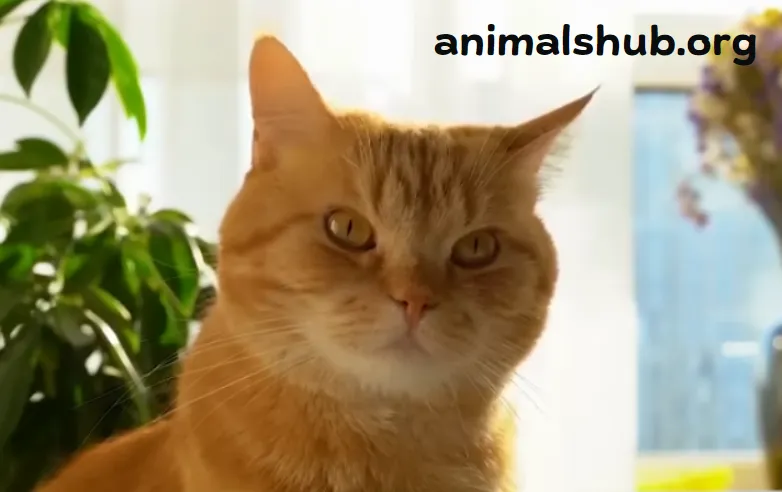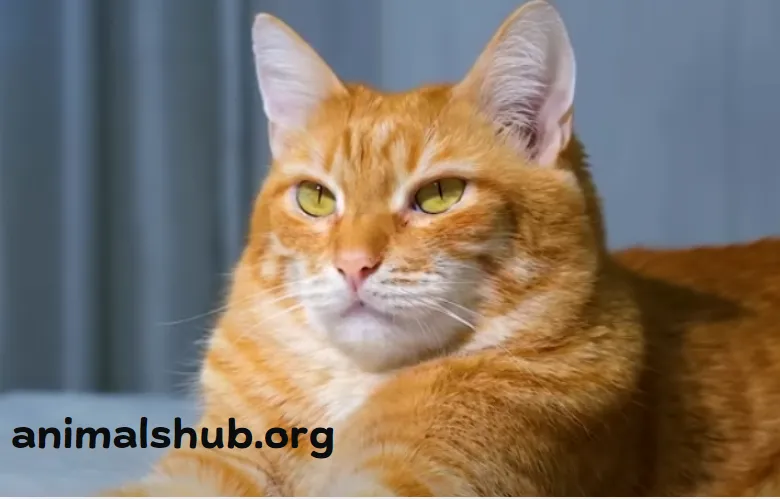Introduction
1. Symptoms of Prosencephalon Disease
What is Prosencephalon Disease in Cats? Symptoms of forebrain sickness can vary depending on the quantity and particular vicinity of the forebrain harm. However, in most instances, a few symptoms are common. One of the most considerable signs is head urgent, wherein the cat presses its head in opposition to a wall or other tough floor. Although this behavior may seem odd, it is a key indicator of feline brain disorders.
In addition to going urgent, cats with frontal lobe disorder may additionally show off bizarre behavior and questioning, which includes reminiscence troubles, voice changes, and inappropriate responses to their environment. Some cats can be harassed or mentally retarded, with symptoms of accelerated alertness and sensitivity to stimuli known as lethargy. In more intense instances, the cat stops responding to external stimuli and falls into a kingdom of unconsciousness and unconsciousness.
Vision problems are often associated with frontal lobe sickness. Cats can become blind because of harm to 1 or both eyes and damage to the cranial nerves responsible for imagination and prescient. Additionally, a few cats may have abnormally large or irregularly sized pupils that don’t reply properly to adjustments in light.
Other neurological signs and symptoms include circling or tilting the pinnacle, commonly in the direction of the affected part of the brain. Although many cats can walk usually, a few have poor postural management. Affected cats may also have every day or improved reflexes, depending on the particular region of the mind. This collection of signs is indicative of cat prosencephalon dysfunction, and any cat showing these symptoms should be evaluated by a veterinarian. Read more about Cat information at Animals Hub Org.
2. Head Pressing: A Common and Concerning Sign
Head rubbing is one of the most alarming and easily recognized signs of forebrain ailment. It is characterized by the cat pressing its head in opposition to a wall or other tough object for no obvious motive. Unlike normal head rubbing in healthy cats, head pressing is repetitive and abnormal, indicating significant cat brain injury symptoms. This behavior is often a sign of serious neurological damage and should prompt immediate veterinary attention.

3. Causes of Prosencephalon Disease in Cats
- Many elements can cause frontal brain damage and frontal lobe ailment. These causes can vary from infections and pollution to tumors and congenital mind disorders. The maximum common causes are:
- Brain tumors: Tumors which include gliomas, meningiomas, or, choroid plexus tumors grow within the mind and position strain at the forehead. These tumors can be benign or malignant and can affect brain function by disrupting normal nerve characteristics.
- Infections: Various infections together with Tom cat immunodeficiency virus (FIV), feline leukemia virus (FeLV), and Tom cat infectious peritonitis virus (PIF) can unfold to the mind, inflicting irritation and nerve damage. Fungal infections, particularly those resulting from Cryptococcus neoformans or Coccidioides amitetes, can affect the imperative frightened system and reason forehead ailment.
More information
- Toxins: Exposure to pollution, which includes lead and other pollution, can harm the frightened gadget and reason signs and symptoms within the the front of the brain. The poison affects the everyday functioning of the brain and causes behaviors that include mental urgency and seizures.
- Metabolic disorders: Disorders inclusive of out-of-control diabetes and liver shunts can cause metabolic issues that affect brain features. For example, low blood sodium ranges (hyponatremia) or excessive blood sodium stages (hypernatremia) can cause brain tumors and neurological problems.
- Congenital brain defects: Some cats are born with genetic or congenital problems that cause neurological issues at an early age and affect brow improvement.
- Trauma: Physical trauma, which includes a vehicle accident, can without delay harm the mind and cause frontal lobe disorder. Brain damage disrupts the everyday function of the brain, inflicting signs and symptoms which include pressure within the head, imaginative and prescient loss, and strange conduct.
4. Diagnosing Prosencephalon Disease in Cats
The diagnosis of feline forebrain disease requires a thorough physical and neurological examination by a veterinarian.
Advanced diagnostic methods like computed tomography (CT) or magnetic resonance imaging (MRI) are used to evaluate neurological symptoms in cats. These imaging gear offer clear photographs of brain systems and help detect areas of tumors, cysts, and infection. Additionally, cerebrospinal fluid may be aspirated to stumble on infection or involvement of the essential anxious device.
5. Treatment Options for Affected Cats
Treatment for urinary incontinence relies upon the reason. For infections, consisting of microorganisms or fungi, antibiotics or antibiotics may be prescribed to dispose of the infection. To reduce the effects of brain health in cat tumors, surgical treatment, radiotherapy or chemotherapy may be used. In cases wherein brain tumors are affecting your canine’s brain fitness, surgery, radiation remedy or chemotherapy can be important to reduce the consequences of the tumor and restore regular features.
6. Prognosis and Long-Term Management
The diagnosis for cats with forebrain relies upon the specific reason and the extent of brain damage. Some situations, along with infections and metabolic problems, can lead to finish restoration with appropriate treatment. However, other cat seizure causes, such as aggressive brain tumors or congenital malformations, may have a poorer prognosis. Long-term treatment might also encompass repeated neurological trying out, blood work, and behavioral monitoring to screen the cat’s reaction to treatment. In a few instances, lifelong treatment can be essential to manipulate symptoms and improve the cat’s excellent lifestyle.

Conclusion
Frontal lobe disease in cats is a severe neurological disorder that several fitness issues, including infections, tumors, and toxins can cause. Recognizing symptoms such as head pressing and abnormal behavior is crucial for early diagnosis and treatment. In many cases, forebrain lesions in cats are the underlying cause, which can be detected through advanced imaging techniques. Understanding the ailment and promptly in search for medical attention can improve the diagnosis and nice of life for affected cats.


